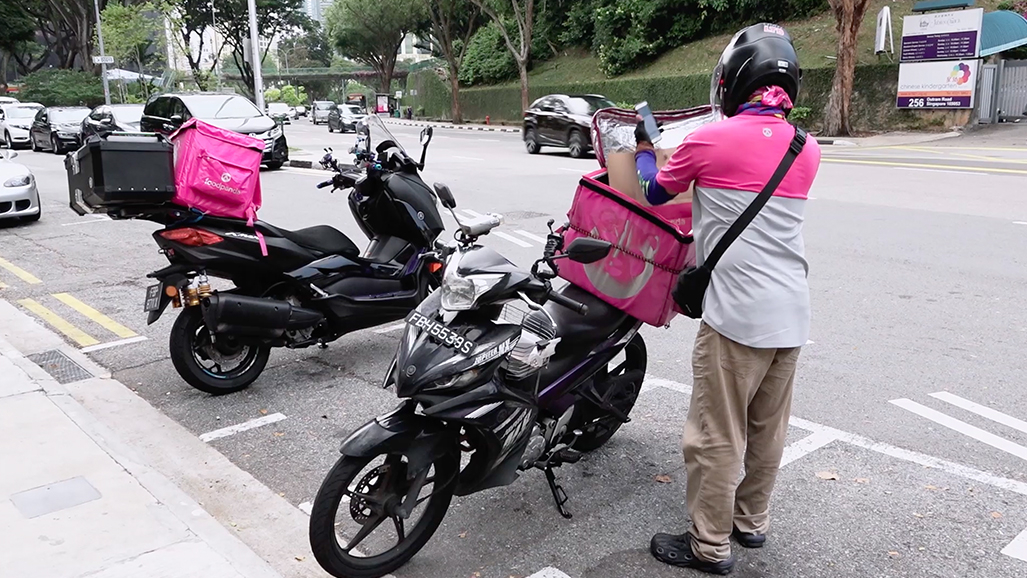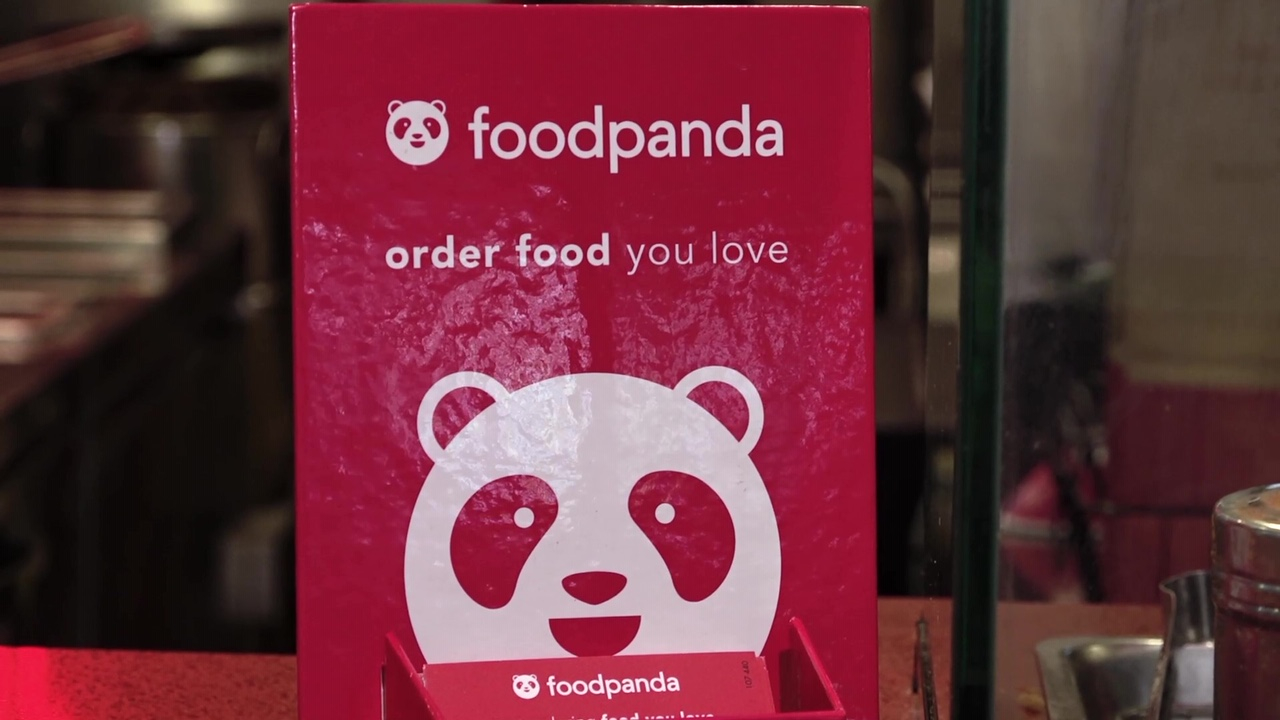00:33

Half-empty malls, vacant restaurants and almost deserted shops – an unfortunate result of the COVID-19 outbreak, which has left Singapore's retail and F&B industry in complete disarray.
And yet, with more and more people staying indoors, or undergoing voluntary or mandated quarantine, there is no choice but to rely extensively on home delivery to meet their daily requirements, providing a huge impetus to the delivery services industry.
All major food, grocery and essentials delivery services have reported a surge in sales, which reached unprecedented numbers immediately after the island nation raised its Disease Outbreak Response System Condition (DORSCON) level from Yellow to Orange last month.
A spokesperson for supermarket chain, NTUC FairPrice, said, "On the very day the authorities declared DORSCON Orange, daily essentials like toilet paper, instant noodles and rice saw demand surge by as much as five times compared to the week before.
"We have seen an exceptionally high demand for health supplements, medical and personal hygiene products such as thermometers, hand sanitizers, alcohol swabs and vitamin C supplements."
E-commerce platform Lazada's grocery delivery service, Redmart, reported a similar acceleration in sales.
"When we went from Yellow to Orange, those five hours when that happened that day, we have done about 500 percent of sales and literally we were sold out for a few days forward. Since then we have seen about a 300 percent increase in sales on a weekly basis," said Lazada Singapore CEO, James Chang.

James Chang, CEO of Lazada Singapore. Aliyah Sahni/CGTN
James Chang, CEO of Lazada Singapore. Aliyah Sahni/CGTN
However, additional customers, increased orders and bulk deliveries came with their own sets of challenges – from logistics, supply and safety points of view.
The NTUC FairPrice spokesperson said, "The sudden increase resulted in a bottleneck of deliveries to the store, causing a temporary shortage of products with several stores emptied of its shelves for these products. To cater to the high demand, we increased the volume of daily essentials being sent to the stores by three times; delivery trips were also doubled."
FairPrice further added that it is now employing an "ongoing strategy of source diversification, working with suppliers from multiple countries to ensure the community has a stable supply of daily essentials at affordable prices."
The other and more pressing challenge is safety – of the riders as well as the customers.
"All our employees and staff are temperature-measured two times a day, we have supplied our riders with masks and we moved away from physical signing of the delivery orders to a virtual signing where delivery reps would verify with the customer and sign on their behalf – eliminating physical touch," said Lazada's James Chang.

Food delivery giant, Foodpanda. Aliyah Sahni/CGTN
Food delivery giant, Foodpanda. Aliyah Sahni/CGTN
Food delivery giant, Foodpanda has also witnessed a hike in orders and new customers across their Asian markets.
Foodpanda's APAC CEO Jakob Angele informed CGTN that "during this period right now, in various countries here in Asia we are looking roughly at a growth rate of maybe 10-15% week-on-week."
Foodpanda added that its rise in sales could also be due to the recent launch of its grocery delivery service, for which it was offering a 50 percent discount.
"There are definitely some customers, who during that period (DORSCON Yellow to Orange) discovered Foodpanda for the first time as a convenient option. We see the consumers here in Singapore, changing their behavior. In particular, we see a lot of interest with our grocery service we just recently opened here in Singapore."
Foodpanda has employed a two-pronged approach – on one hand they are working to maximize convenience for their customers, on the other, they are extending support to restaurants reeling under the shock of COVID-19.
"Foodpanda is definitely one of those partners that reach out a bit more. What we see from restaurants is that they see their in-dining business quite impacted, and we really try to chip in and support the food ecosystem, bringing them additional revenue via our customers," explained Jakob Angele.
One of the affected restaurants that Jakob Angele was referring to, is Monga Fried Chicken. A relative newcomer to the city state, the eatery faced a 30 percent fall in traffic at their takeaway outlet in ION orchard mall, located on the tourist favorite Orchard Road.
And the timing could not have been worse for the restaurant chain, as they opened their dine-in option this month, in the midst of the outbreak.
"Opening an F&B outlet now is very tough, so to launch a shop we had to put in more effort in doing marketing and launching campaigns to draw the crowd," explained James Peck, director of business development at Baoshi F&B Management.
He went on to add, "We actually applied for delivery platforms like Grab, Foodpanda, just that each application takes a few months. Because of the coronavirus, we actually urged them to expedite because sales weren't so good, people were not coming in, so luckily they helped us expedite the process. We actually saw a 15% increase in our overall sales because of that."
Like Monga, a lot of affected eateries are resorting to discounts, promotions and delivery platforms to attract customers and find ways to sustain their businesses. However, the unpredictability is felt acutely.